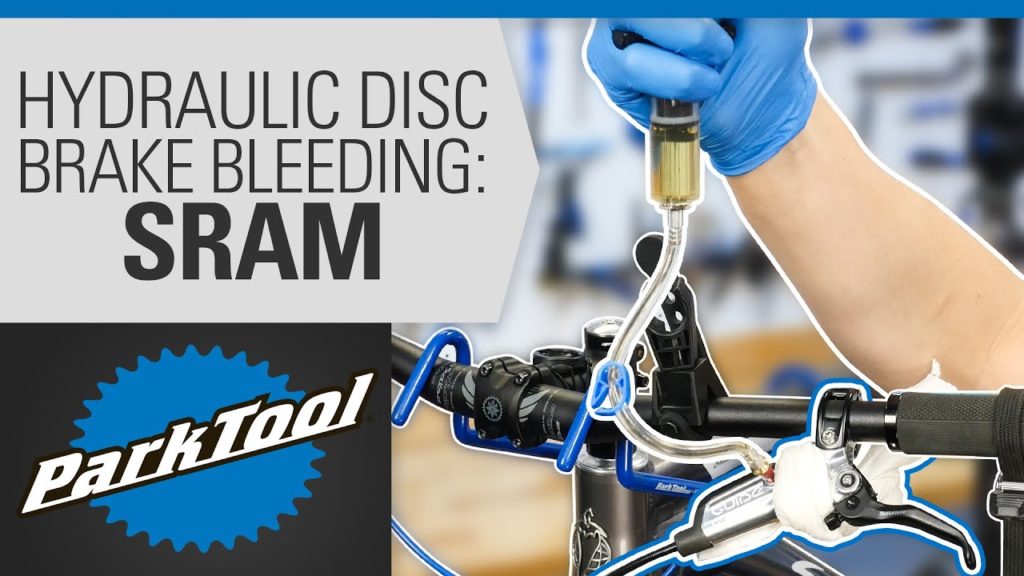

This means that SRAM has located the bleed port to the bottom. Neither are helpful to effective braking. The Level TL and TLM make maintenance a little easier using SRAMs Bleeding Edge technology.

Under hard braking an air bubble can expand and cause the lever to pump out. If air is in the system it can cause the brake to have a mushy feel at the lever as the air compresses instead of directly transferring the braking pressure.Īir in brake hoses can also cause issues with inconsistent system pressure when hot. Unlike fluid, air is a gas and therefore is compressible. Squeeze the brake lever and the displaced fluid is forced through the hose, into the calliper, forcing the pistons (and brake pads) towards each other and applying pressure to the disc rotor. Hydraulic brakes work on the basis that brake fluid is not compressible.
#SRAM BLEEDING EDGE PROCEDURE HOW TO#
Here's how to do it on a SRAM hydraulic road disc brake. Removing it, or 'bleeding' it out of the system is vital. As with any hydraulic system, air is the enemy causing inconsistent performance. Step 5: Bleed the brakes by pushing fluid into the caliper until no more fluid is coming out. Step 4: Push the pads away from the caliper. Step 3: Loosen the clamp that holds the brake pads in place. Fill lever syringe ¾ full of brake fluid and close syringe clamp. Add small amount of DOT 5.1 brake fluid to caliper syringe. They're a little more involved to set up and service than cable brakes, but once you know what you're doing it's really very straightforward. Step 2: Disconnect the brake cable from the caliper. Fit lever bleed tool and Bleeding Edge tool to syringes. Hydraulic disc brakes offer improved braking performance with greater consistency than traditional calliper rim brakes.


 0 kommentar(er)
0 kommentar(er)
